Information & Insights
For secondary research on houseplants as companions to new New Yorkers, I found many resources within and outside The New School library.
Integrated Landscaping
Chase-Rowell, Lauren, Mary Tebo Davis, Katherine Hartnett, and Marilyn Wyzga. 2012. Integrated Landscaping : Following Nature’s Lead: A New Way of Thinking about Shaping Home Grounds and Public Spaces in the Northeast / Lauren Chase-Rowell, Mary Tebo Davis, Katherine Hartnett, Marilyn Wyzga. Rev. and expanded ed. ed. Durham, N.H.: Durham, N.H. : University of New Hampshire Press.
- balance between plants and the environment and why landscaping needs to be integrative taking multiple factors into account
- how to create plant systems by imitating nature
Interior Plantscaping
Gaines, Richard L. 1977. Interior Plantscaping : Building Design for Interior Foliage Plants. 1st ed. ed. New York: New York : Architectural Record Books.
- plant physiology and requirements
- acclimatisation of interior foliage plants
- dealing with design parameters
(Re)Claiming Plants in Comparative Psychology
Castiello, Umberto. 2021. “(Re)Claiming Plants in Comparative Psychology.” Journal of Comparative Psychology (1983) 135 (1): 127-141. doi:10.1037/com0000239.
- defining plants as cognitive agents based on their behaviour
- how plants signal and communicate with each other
- respond to external factors and other organisms
Some other references:
Appleby, Matthew. 2019. “What are the Latest Developments in Houseplant Sales?: Hydroponics and Jungle Emerge as Big Themes while Houseplant Hotel Suites Showcase Creative use of Indoor Plants.” Horticulture Week: 11. https://login.libproxy.newschool.edu/login?url=https://www.proquest.com/trade-journals/what-are-latest-developments-houseplant-sales/docview/2565159674/se-2?accountid=12261.
Drummond, Ian, Kara O’Reilly, Elkie Brown, and Nick Pope. 2017. At Home with Plants San Francisco, CA : Weldon Owen.
Jaganmohan, M., Vailshery, L.S., Gopal, D. et al. Plant diversity and distribution in urban domestic gardens and apartments in Bangalore, India. Urban Ecosyst 15, 911–925 (2012). https://doi-org.libproxy.newschool.edu/10.1007/s11252-012-0244-5
Kim, Ho-Hyun, Jung-Won Park, Ji-Yeon Yang, Kwang-Jin Kim, Jae-Young Lee, Dong-Chun Shin, and Young-Wook Lim. 2010. “Evaluating the Relative Health of Residents in Newly Built Apartment Houses According to the Presence of Indoor Plants.” Journal of the Japanese Society for Horticultural Science; J.Japan.Soc.Hort.Sci. 79 (2): 200-206. doi:10.2503/jjshs1.79.200.
Interviews
I interviewed other DT students from another Major Studio 1 section. These were the questions I asked:
Q1 – HOUSING
- – Are you a newcomer to the city? Where from?
- – Where do you live now? What type of housing? With whom do you live?
Q2 – PLANTS
- – Do you have any houseplants? Why do you have them/ why not?
- – How do they make you feel? How many plants and what types?
- – How do you keep track of maintenance/ influencing factors? (if time permits)
It was interesting to see how diverse their responses were. Apart from factors like plant maintenance and whether the living space is feasible, what type of plant is preferred can be a deeply personal choice
Respondent 1
Skylar Wang | she/her | 22 | Shanghai
- moved to NYC in August 2021
- lives in an apartment in Long Island Citywith a roommate
- had 5-6 plants at home in Shanghai, in the living room and balcony, as her grand mom loves plants
- grand mom is not used to tech, plants are like her pets – her accompaniment
- does not have houseplants at the moment but plans to get a succulents (Easy to take care)
- roommate prefers on paintings than decorating naturally with plants
- thinks people are more prone to buying plants now after Covid as they haven’t been going out and miss green life
- personally loves large plants /outdoor / tropical / immersive experiences with nature
Respondent 2
Franco Chen | he/him | 26 | California
- has been living in NYC for the past 4 years
- considers living in NYC for 10 years to be a New Yorker
- lives in an apartment (4th floor) in Bed-Stuy with his girlfriend
- bought a cilantro plant 3 days ago from a local market – kept by the window in the kitchen/office depending on which gets more light
- had no plants when he initially moved – he usually ‘doesn’t do plants’ as they always die – stressful & attachment issues
- his girlfriend does not have any plants, but likes some particular plants
- parents in California have plants – some tomato seeds fell in the yard and started growing (now a large plant)
Respondent 3
Kevin | he/him | 25 | Shanghai
- moved to NYC in August 2021
- lives alone in a studio in Koreatown – 26th floor
- gets a lot of sunlight but a lot of Manhattan noise (loud sounds, sirens, etc) which is disturbing
- does not have any plants but has thought about getting few
- decoration in his room is currently plain and boring
- since his room is well-lit, he’d like to watch them grow
- his apartment management does not allow dogs and he is allergic to cats, so he might get plants as a ‘pet’
- plants = green, peaceful, fresh
- would prefer smaller plants, succulents, as they are low maintenance
- In Shanghai, his parents and younger brother had plants and a garden with big trees, especially the Persimmon tree which yields 500-600 fruits every fall
- could be missing the plants at home – might result in him buying small, low maintenance plants right now
Respondent 4
Lauria | she/her | 28 | New Hampshire
- moves in August 2021 to NYC
- lives with her boyfriend in a Lower East Side apartment
- has a grapefruit tree (planted with a seed in 2013, 8 years old), 2 jade trees (6 years old), and a pumello tree (also 8 years old) which she brought from home
- keeps all the plants near large L shaped corner big windows
- wants to get more plants because her apartment looks a bit sparse right now
- plants make her happy – considers them as pets
- was very attached to a prickly pear cactus – a rabbit ate it – she was very upset and feels she needs to replace it with another plant
- her boyfriend likes plants, helps take care but won’t buy them on his own
- school is making her busier and she is anxious as she gets less time to focus on her plants
- she needs to teach her boyfriend to take care of the plants – shared responsibility
- In 2013, she was really sad when she studied in Cooper Union, NYC, for 1 year – that is when she planted the grapefruit tree
- she felt like she had something to connect to – therapeutic aspect
- buys planters in Home Depot
- parents have lots of houseplants and she gives them some plants when she can’t take care of them
- no strong memories of childhood plants
Respondent 5
Peilin | she/her | 23 | Hefei, China
- moved to NYC in early July after staying in California for 5 years
- she didn’t have any plants until her 2nd/3rd year of undergrad in UCSD
- her apartment community had a succulent decorating event and she got her first plant from there
- bought a lot of flowers in California, not plants
- was afraid that she wouldn’t be able to take care of them
- began taking care of her roommate’s and boyfriend’s plants which later led to a small garden – even had veggies
- did not bring any of these plants to NYC – gave her succulents to her friends, but she doesn’t know if they are alive or not
- she lives alone in a studio in Brooklyn, with sunlight facing SW windows – has the freedom to decorate
- currently has 2 plants – anthurium and snake plant – both from Ikea, cheap and easy to take care of
- she observes the status and feels the moisture in the soil to take care of them
- plans to get more plants for her home as soon as she clears the table by the window and makes space
- wants to get flowering plants, but hasn’t decided where to get from
Respondent 6
Tanve | she/her | 23 | Bangalore
- moved to NYC at the end of August
- lives in TNS student housing – 301 – shared space
- not allowed to have potted plants but can have flowers
- plans to make herself a vase in the ceramic lab for her flowers
- Back home, her mom has a lot of plants in each balcony of the apartment and loved gardening – plant maintenance sort of instinctive now
- had bougainvillea along the railing of her window in Bangalore
- will get plants when she moves out of student housing
- loves sunflowers and wants grow them – for the colour and that they follow the sun – and they make her happy
- also wants plants with big leaves, but cannot name/identify the plant
- colour of the plant really influences her – dull coloured plants would make her feel introspective
- did a study on how lavender has very soothing characteristic – maybe the smell
- to take care of plants – sense of purpose and responsibility
- over/underwatering plants – how do we know when we’re wrong?
- “you’ll have to kill a few plants before you learn how to keep them alive”
Talking to Harpreet Sareen
I had the opportunity talk to another professor who has worked extensively with plants. Here are some points that had to share:
- a lot of research has been done about plants and psychology
- interior spaces that are more green will lead less stress
- houseplants were meant to be outside, we have brought them inside
- environment context has changed so much over the past centuries and hence the human-relationship also has changed
- humans & play plants – mutually beneficial relationship with us caring for them and they providing for us (oxygen, textiles, food, etc)
- also consider symbiosis – plants and other species that don’t involve humans
- dichotomy between owning something and their value in the environment
To do:
- visit Flower district and botanical garden in Bronx
- check with shop owners – why they sell particular varieties
- in what form do you want to take this ahead?
- check how plants are curated
Precedents
Rebecca Louise Law uses real flowers as her medium to create stunning, immersive installation art.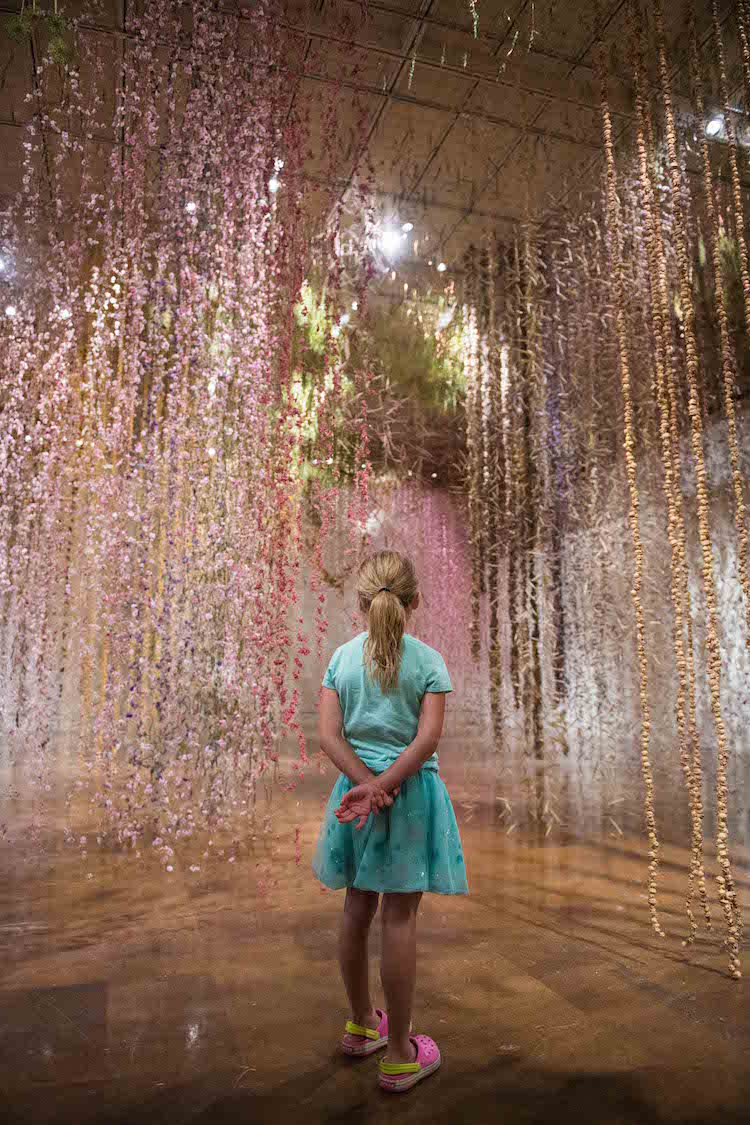
Daan Roosegaarde’s light installation, Grow, using red and blue high-intensity LEDs.
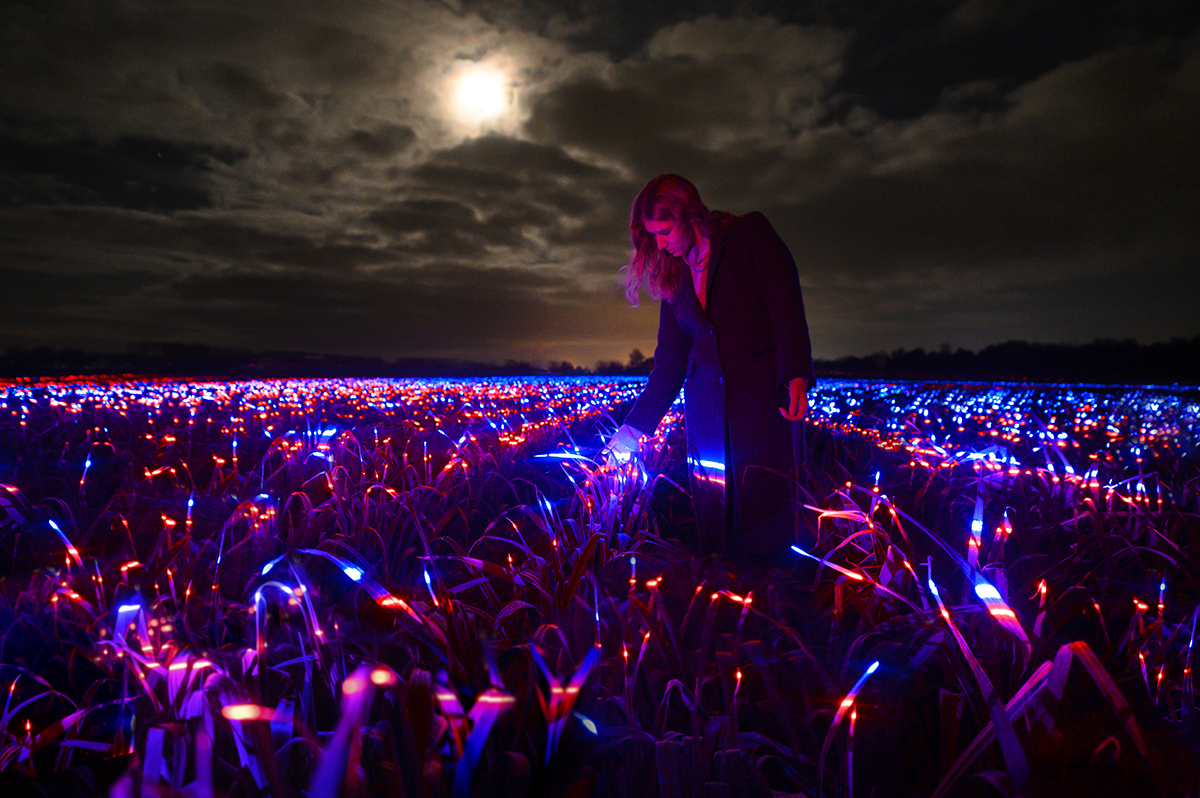
Plant the Future’s typographic Love sign using plants

Carlo Ratti Associati explains how plants capture carbon in installation sponsored by oil multinational
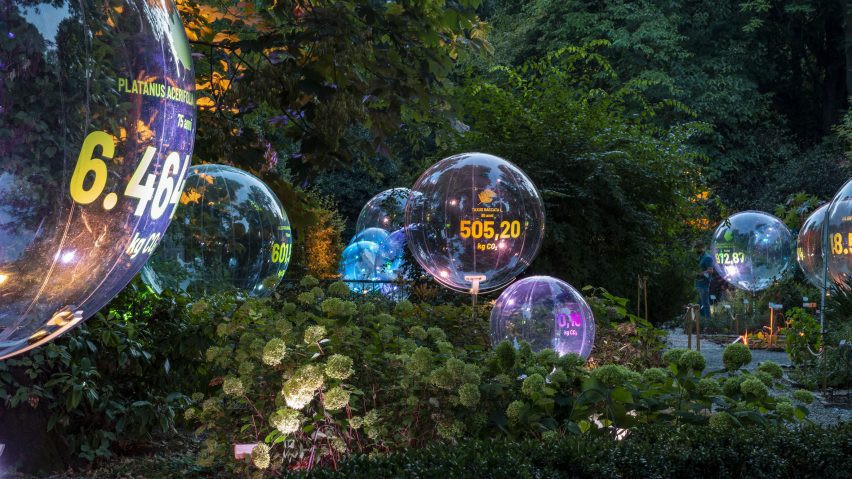
Lego’s Botanical Collection
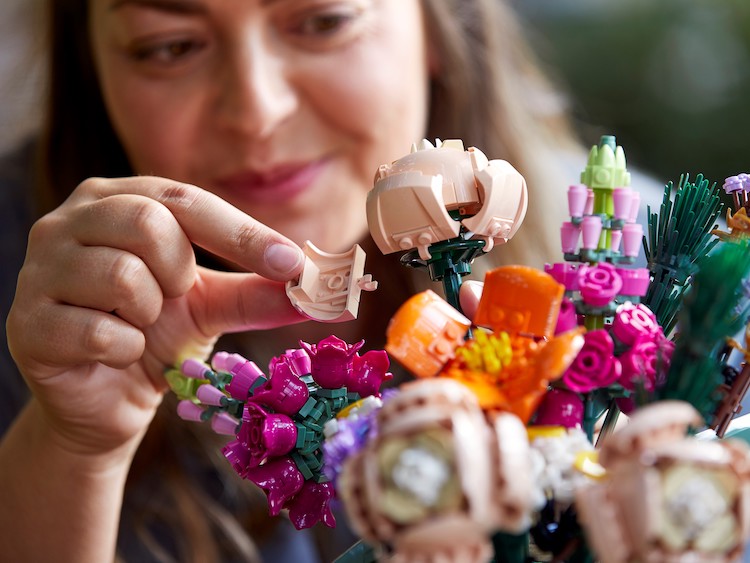
Ikea’s Home of Tomorrow
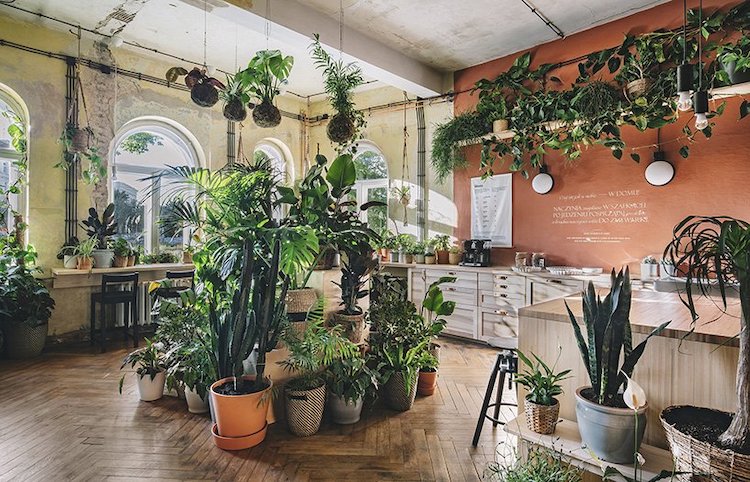
I’m quite interested in the following approaches or tangents that my project might take me in:
- changing relationship and dynamic between plants and humans – who gives what, who takes what
- plants now totally out of their intended context – meant to be outside and now since we have brought them in, are we being fair to them? This brings a commercial aspect to the inquiry – the ‘selling’ of plants that were always meant to be free. This similar to how paintings now hang in museums, not what they were intended for
- educating/ building awareness about species that are endangered, eg venus flytrap
- plants as decorative elements – botanical inspiration for textiles, data visualisation, illustration, etc
- colours and textures of leaves – how might they be interpreted differently? How do they make people feel/emote/think?
Design Values
I identify with, and would love to incorporate, many design values from Bruce Mau’s Incomplete Manifesto for Growth like taking field trips, harvesting ideas and beginning anywhere. Of particular interest to me is Ask Stupid Questions, something that I keep telling myself to do but I get too self aware that I end up not asking any. For example, the cashiers at Union Square are always almost too busy and I’m usually hesitant to ask them questions regarding plant varieties and buying patterns.
I need to work on this as I’d be losing more by not asking any questions than asking a stupid question. I will try to think of it like this: By asking a question or a doubt, I might be indirectly helping others who have the same questions and are too afraid to ask. Also, I think real learning happens when you really break it down to the crux and learn like a child. Everything is simpler and easier to understand, remember and recollect. I need to be less self-conscious and unafraid to dumb it down.
Visiting green sites in NYC
Urban Garden Center, Harlem
They had a wide collection of outdoor and indoor plants, planters, other, fertilisers, potting mixes and other accessories. I had the opportunity to speak with the owner of the store. He told me that plant sales over the past few years have increased, especially with the onset of Covid. Some customers began their plant collection during this period, starting from scratch and now have 100 plants! Some customers buy fewer, more exotic species while other collect regular houseplants.
On a Sunday afternoon, there were around 10-15 different customers in a span of 1 hour. Some knew exactly what they wanted and they seemed like regular customers while the others strolled around till they liked something. Then indoor plants were 50% off (so I bought 3) and this might have attracted more footfall than usual. However, this wasn’t heavily advertised either. There was no signage. The shopkeeper told casually everyone who was inside the greenhouse about the sale, and asked us to follow their instagram page for updates on plants and offers.








The Green at Lincoln Center
The park had an embedded sense of fantasy – is it real or unreal? It also makes one question of the space is a designed installation or a park with furniture wrapped with turf. It was a windy day with intermittent rain. There were groups of friends, some students, parents and grandparents with little kids running around. The sloped walls on either side of the park was particularly popular with the kids and some adults who ran up, touched the wall and then ran down. Some kids even rolled down!




IBM Collaborative Space
I had the pleasure of visiting the IBM campus on 355 Madison Avenue for a Quantum Jam that I pa participated in. Our presentations were on the second floor, in an informal space with numerous indoor plants. Just beside this were offices with rows of desks, the typical office setting. It was interesting to see how plants are central elements in transforming the space into a more lively, comfortable atmosphere – a sort of catalyst to collaboration.











Union Square
The Green Market at Union Square on alternate weekdays is always a hotspot. I’ve noticed that the shops bring particular varieties on each day. I would like to check with them the reason or the thought behind this. I’ve noticed that the customers usually come by themselves or occasionally in pairs – as friends or a couple, trying to decide what plant to get. While checking out, the the cashier gives them instructions on how often to water the plants and how much sun it needs. Some customers even buy plants in bulk and the’ sold’ plants are kept aside the entire day and delivered in the evening.









Visual Sketches


Research Statement
To arrive at a specific research inquiry based on a topic, question and rationale:
I am working on houseplants in New York City apartments because I am trying to explore how they function as companions to newcomers to the city, in order to highlight the indispensable relationship between humans and plants.
